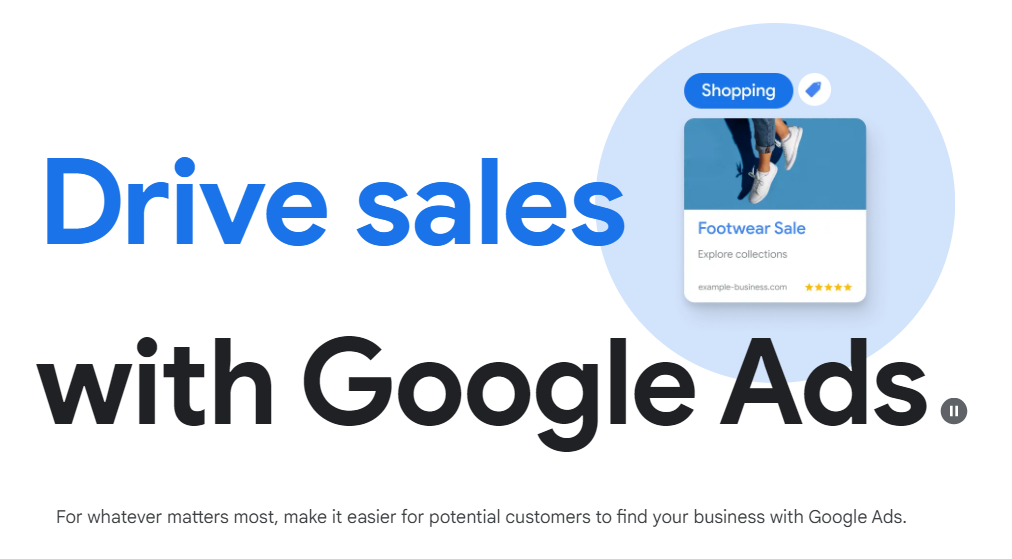Google Ads Costs
Here are Maple Forest we regularly get asked for a recommended budget for marketing on Google Ads, and for general Digital Marketing, we always respond by stating that the recommended amount a business should spend on Google Ads marketing can vary widely depending on several factors, including the industry, target audience, goals, competition, and available budget. There is no one-size-fits-all answer, but here are some considerations to help you determine an appropriate budget:
1: Business Goals
Define your marketing goals clearly. Are you looking to increase brand awareness, generate leads, drive sales, or engage with existing customers? Different goals might require different levels of investment.
2: Available Budget
Start by evaluating your overall budget. Google Ads marketing should be seen as an investment rather than an expense. Consider what portion of your overall budget you can allocate to marketing.
3: Industry and Competition
Research your industry to understand what your competitors are doing in terms of Google Ads marketing and digital marketing on the whole. If your competitors are heavily invested in Google Ads, you might need to allocate a larger budget to stay competitive.
4: Target Audience
Consider the size and demographics of your target audience. Are they active online? Which digital channels do they frequent? You’ll want to allocate budget to the channels that will reach your audience effectively.
5: Digital Channels
Different digital marketing channels (e.g., social media, search engine marketing, content marketing, email marketing) have varying costs. Allocate budget to the channels that align with your goals and audience.
6: Testing and Optimization
Keep in mind that Google Ads marketing requires ongoing testing and optimisation. You may need to allocate budget to experiment with different strategies and tactics to find what works best for your business.
7: Return on Investment (ROI)
Consider the potential ROI of your Google Ads marketing efforts. Track metrics and data to determine how effective your campaigns are and adjust your budget accordingly.
8: Scale and Growth
As your business grows, you might consider increasing your Google Ads marketing budget to accommodate the increased demand and opportunities.
9: Seasonal Trends
Some businesses experience fluctuations in demand based on seasons or holidays. Your Google Ads budget may need to adjust accordingly.
10: In-House vs. Outsourcing
Consider whether you will manage your Google Ads account in-house or hire external agencies or experts. Outsourcing can have different cost structures depending on your business.
11: Long-Term vs. Short-Term Goals
Are you looking for quick wins or long-term sustainable growth? Your Google Ads budget allocation may differ based on these objectives.
There is no specific percentage of revenue that universally applies to Google Ads marketing budgets, as it can range from a few percent to even 20% or more of a company’s revenue. It’s important to be flexible and to monitor the performance of your campaigns regularly. Start with a reasonable budget based on your research and goals, and adjust as you gather data and insights into what’s working best for your business.
You can contact us about our Google Ads marketing services and what is involved here.





Sorry, the comment form is closed at this time.